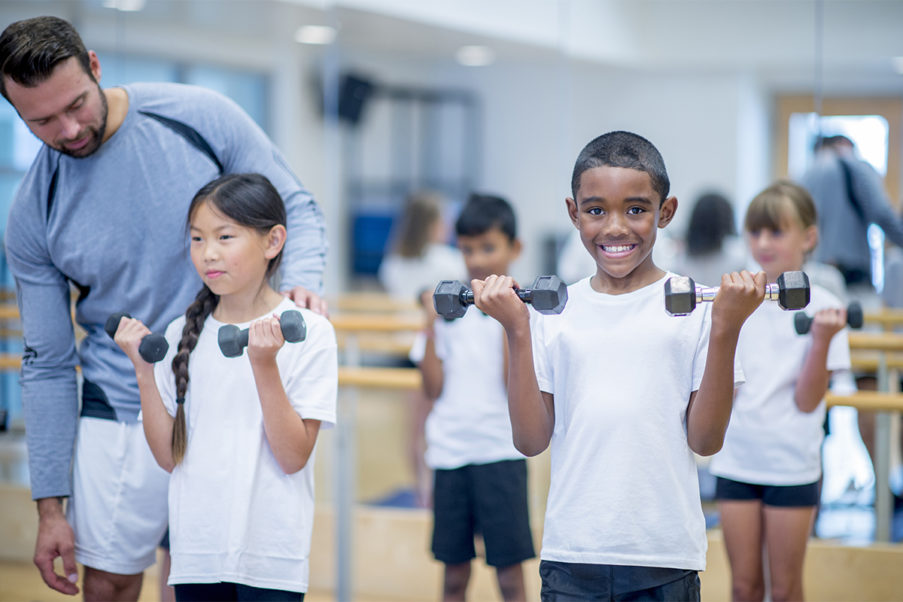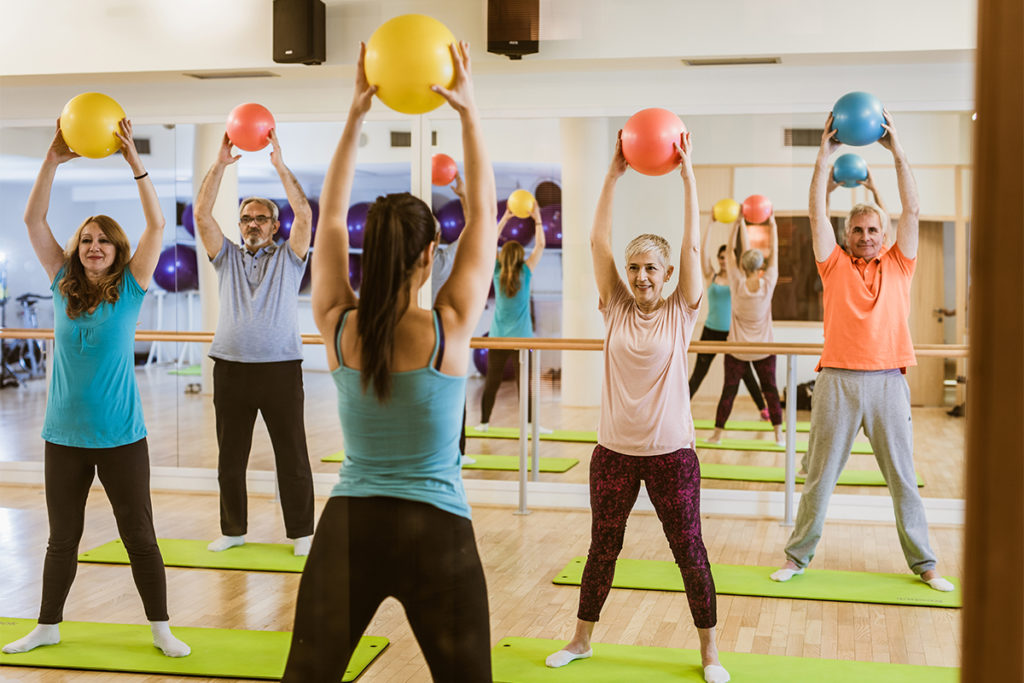Sponsored Content
Create Customized Fitness Programs Inspired by Pro Athletes
Enhance sport performance and prevent injury using some of the same techniques used by NFL players.

A professional athlete’s performance on game day results from intense, research-informed physical and mental training.
Dr. Barry McGlumphy, coordinator of the Exercise Science and Health Promotion master’s degree program at California University of Pennsylvania (Cal U), has seen this first-hand. Over the past 15 years, he’s worked with NFL teams (most recently with the Kansas City Chiefs) as an athletic trainer during summer training camps and some games.
While few of us can reach the elite status of an NFL player, McGlumphy notes that “many of the techniques used with professional football players can be applied to most physically active people.”
Here are a few of those techniques:
Biomechanical Assessment
Athletic trainers use biomechanical assessments of players to evaluate things like flexibility, range of motion, stability, balance, endurance and strength. Results are then used to create an individualized plan that addresses deficits.
“During the functional assessment, we can identify specific muscle groups in the legs that may need strengthened,” McGlumphy explained. “We would then customize a weight training and corrective exercise program for the client based on those weaknesses. Basically, strengthen the weak muscles and make the tight muscles much more flexible.”
While trainers often use 3D video capture and other technology, assessments can also be done manually by looking for certain visual cues as a client completes squats. For example, improper form, premature fatigue and flexibility issues can all signal areas where corrective exercises are needed.
NASM OPT™ Model
NFL athletic trainers also use the Optimum Performance Training™ model, developed by NASM. Players move through a series of five training phases, from stabilization to power.
Jordan Stiers, a seasonal athletic training intern for the Kansas City Chiefs who assists with player rehabilitation and treatment, notes that the team applies the OPT™ model daily. For example, with a newly injured player, they work on strength before moving into endurance and eventually power training.
Likewise, since learning more about the science behind performance enhancement and injury prevention, Eric Kush, an offensive lineman who has played in the NFL since 2013, has incorporated ankle and shoulder stability exercises into his workouts. His lifting workouts are done in phases that include stability and strength.
Stiers and Kush are both earning master’s degrees in Exercise Science and Health Promotion, with an emphasis on Performance Enhancement and Injury Prevention, from Cal U. The program, designed in partnership with NASM, teaches students how to apply the OPT model and prepares them for the NASM exam for Performance Enhancement Specialist (PES) certification.
Kush notes that “everybody thinks they know what they’re doing”—because they’ve been doing it for so long—but he advocates for a formal education to complete the picture.
Beyond Physical Training
Strength and cardiovascular training are only part of how pro athletes prepare for game day. Nutrition and mental preparation are also major components.
For instance, McGlumphy notes that the Kansas City Chiefs’ nutrition programs “focus on keeping hydrated, not just during exercise, but always.” Nutrition plans are also customized to the player because a wide receiver has very different goals from a lineman.
Players are also taught how to deal with the mental toll of injury and defeat and to use mental imagery and biofeedback training to reduce anxiety and move toward victory.
Applications in the Fitness World
McGlumphy notes that athletes at all levels have a few goals in common, including
- performing better,
- avoiding injury, and
- doing their very best at something they enjoy.
By adopting and adapting some of the techniques used by professional athletes, you’ll be better able to help your clients (and yourself) reach these goals.





